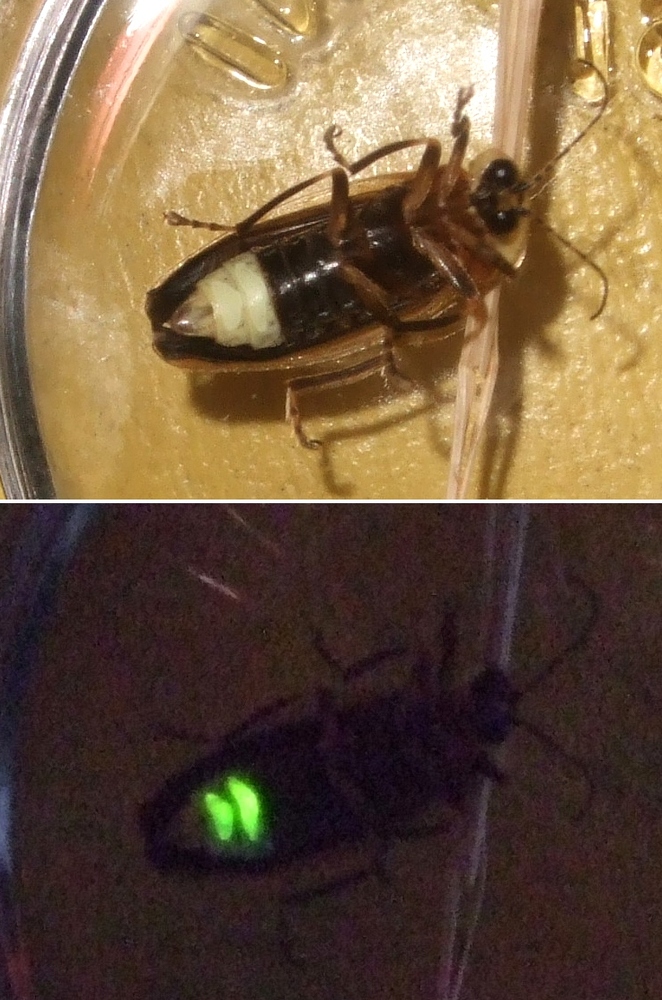The light-emitting tails of fireflies have revealed a way for scientists to create more efficient LEDs. By studying the tails of the firefly Luciola lateralis under an electron microscope, Korean researchers noticed that the surface layers of the parts of the insects' bodies that illuminate when they power up their internal lanterns are shaped very differently from those covering the rest of the abdomen.
Non-illuminating regions of the firefly body show a surface contour that lacks  any obvious regular shape or pattern, Jae-Jun Kim and his colleagues at the Korea Advanced Institute of Science and Technology found. But the lantern segments were covered in a series of straight ridges and folds running in parallel and each about 1/7000th of a millimetre high.
any obvious regular shape or pattern, Jae-Jun Kim and his colleagues at the Korea Advanced Institute of Science and Technology found. But the lantern segments were covered in a series of straight ridges and folds running in parallel and each about 1/7000th of a millimetre high.
This structure, the team have shown, works in the same way as the anti-reflective coatings added to camera and telescope lenses and ensures very efficient light extraction from the insect's light organ into the air. Because LEDs are structured similarly to the firefly lantern, with a light source placed in front of a reflective layer and with a lens in front to funnel out light, the team wondered whether equipping LEDs with the same surface structure as the firefly tail could make for brighter LEDs.
By etching silicon, they created the equivalent of a nano-patterned jelly-mould capable of reproducing plastic LED lenses with surfaces mimicking the nanostructures on the firefly's tail. Added to LEDs, these insect-inspired lenses were immediately 3% brighter than the traditionally constructed counterparts.
"This biological inspiration can offer new opportunities for single step and low-cost moulded lenses with high transmission power in high-power LED applications, such as liquid crystal display backlight units, mobile camera phone flashes, automotive, domestic and medical lighting,"
say the team, in their paper published this week in the journal PNAS.
http://www.pnas.org/content/early/2012/10/25/1213331109
doi: 10.1073/pnas.1213331109









Comments
Add a comment